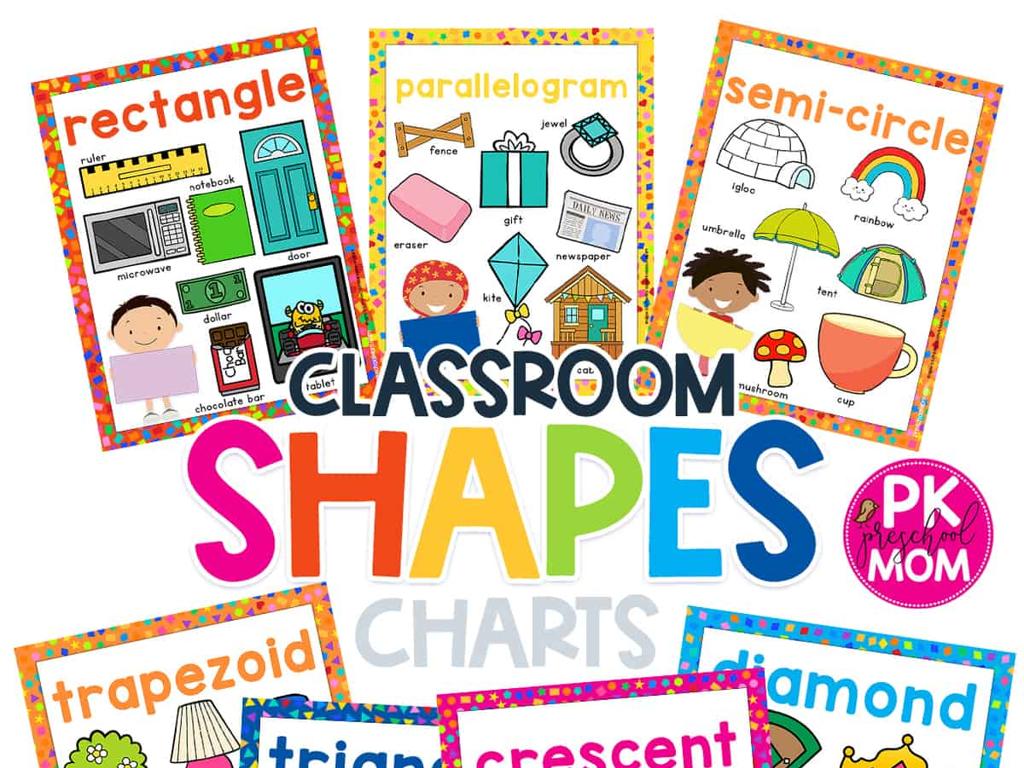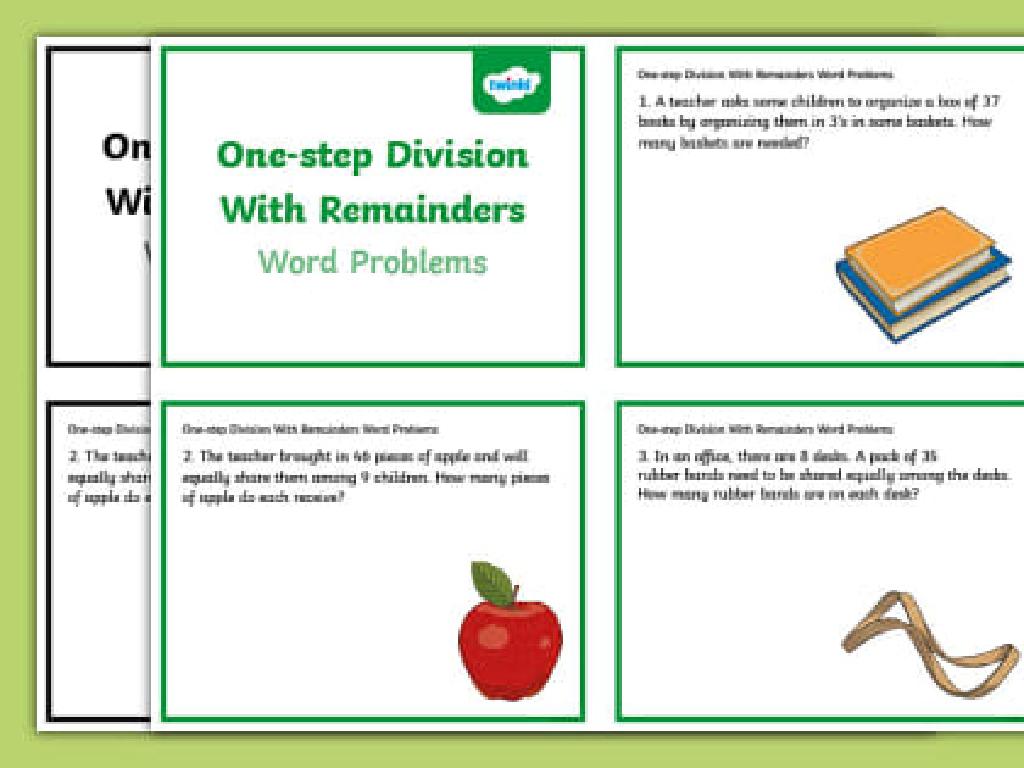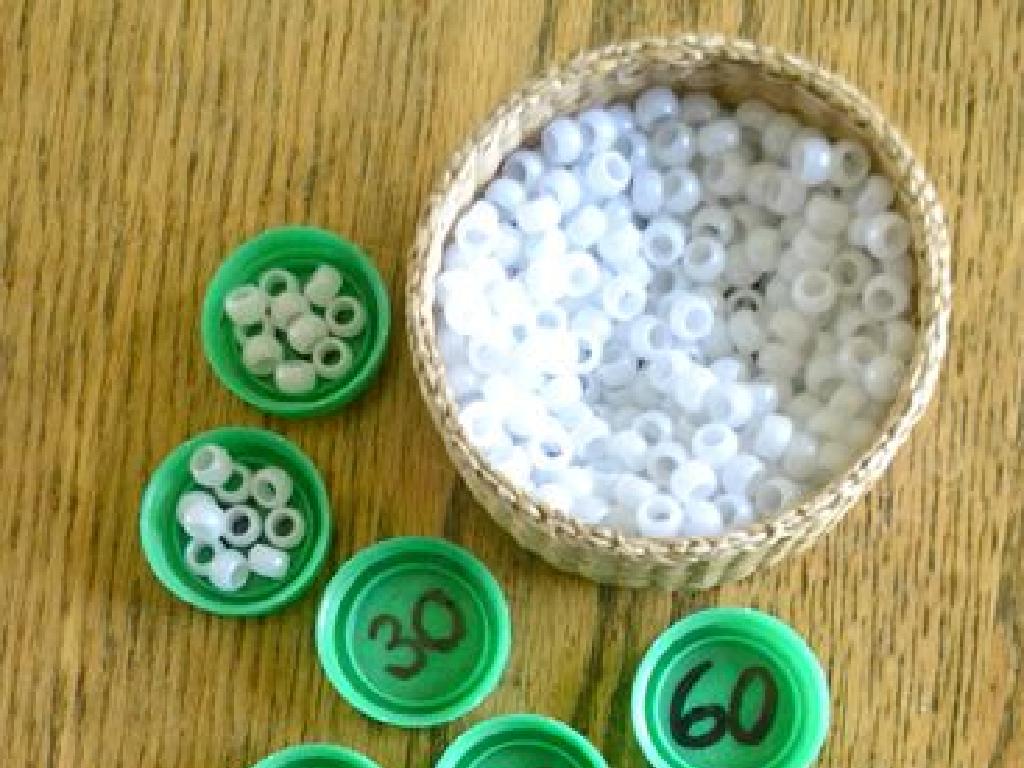Form The Progressive Verb Tenses
Subject: Language arts
Grade: Eighth grade
Topic: Verb Tense And Mood
Please LOG IN to download the presentation. Access is available to registered users only.
View More Content
Introduction to Verb Tenses
– Understanding verb tenses
Verb tenses illustrate time in language.
– Defining verb tenses
Verb tenses are the forms a verb takes to show past, present, or future time.
– The importance of verb tenses
They allow us to express time, sequence, state, and condition in our communication.
– Examples in English language
For example, ‘I am learning’ (present progressive) vs. ‘I was learning’ (past progressive).
|
This slide introduces the concept of verb tenses, which are crucial for students to understand as they form the backbone of English grammar. Verb tenses help us to convey when an action or state of being occurs, whether in the past, present, or future. A firm grasp of verb tenses allows for clear and effective communication, as it helps to set the timing of the narrative or conversation. Provide examples of sentences in different tenses to illustrate how changing the tense can change the meaning of a sentence. Emphasize the importance of context in determining the correct tense to use. Encourage students to think of their own examples and consider how different tenses affect the information being conveyed.
Exploring Verb Tense and Mood
– Define verb tense
Verb tense indicates the time of action or state of being.
– Understand verb mood
Mood shows the speaker’s attitude, like a fact (indicative) or a wish (subjunctive).
– Examples of verb tenses
Past tense: ‘I walked’, Present progressive: ‘I am walking’, Future perfect: ‘I will have walked’.
– Examples of verb moods
Indicative mood: ‘She studies’, Imperative mood: ‘Study!’, Subjunctive mood: ‘If I were you, I’d study.’
|
This slide introduces the foundational concepts of verb tense and mood, which are critical for understanding how verbs function in English. Verb tense provides information about when an action takes place, while mood conveys the speaker’s attitude towards the action. Provide clear definitions and examples for each concept to ensure comprehension. Use common activities or relatable scenarios for examples to make the concepts more tangible for eighth-grade students. Encourage students to create their own sentences to practice identifying tenses and moods.
The Progressive Verb Tenses
– Definition of Progressive Tenses
Progressive tenses show ongoing action at a specific time.
– Differences from other tenses
Unlike simple tenses, progressive tenses emphasize the continuity of the action.
– Structure of Progressive Tenses
Formed with ‘to be’ verb + present participle (verb+ing).
– Usage in sentences
E.g., ‘I am reading’ shows action in progress now.
|
This slide introduces the concept of progressive verb tenses, which are used to indicate actions that are currently ongoing or were/will be ongoing at a certain time. It’s crucial to highlight the difference between progressive and simple tenses, as this is a common area of confusion. The structure of progressive tenses always involves the appropriate form of the verb ‘to be’ followed by the present participle of the main verb (ending in -ing). Provide examples for present, past, and future progressive tenses to illustrate the concept. Encourage students to create their own sentences using progressive tenses to reinforce their understanding.
Forming the Present Progressive Tense
– When to use present progressive
Used to describe ongoing actions happening now
– How to form present progressive
Combine ‘am’, ‘is’, or ‘are’ with a verb ending in -ing
– Sentence examples
I am reading, She is writing, They are playing
– Practice forming sentences
|
The present progressive tense is used for actions that are currently in progress. It’s formed with the appropriate form of the verb ‘to be’ (am/is/are) followed by the base verb with an -ing ending. Provide students with clear examples of present progressive in sentences, highlighting the structure and usage. Encourage students to create their own sentences using verbs they are familiar with to reinforce the concept. This will help them understand how to form and use the present progressive tense in various contexts.
Mastering Past Progressive Tense
– When to use past progressive
– Describes an ongoing action in the past
– How to form past progressive
– ‘was’ or ‘were’ + present participle (verb+ing)
– Sentence examples
– ‘I was reading when the phone rang.’
– Practice with exercises
|
The past progressive tense is used to talk about actions that were in progress at a specific moment in the past. It’s formed with the helping verb ‘was’ or ‘were’ followed by the present participle of the main verb (which ends in -ing). For example, ‘She was walking her dog when it started to rain.’ This tense is essential for students to learn as it helps them describe simultaneous actions and set the scene in a narrative. In class, have students convert simple past tense sentences into past progressive to see the difference in meaning. Also, encourage them to come up with their own examples, perhaps relating to personal experiences, to reinforce their understanding.
Future Progressive Tense
– When to use future progressive
– To describe ongoing actions at a specific future time
– How to form future progressive
– Use will + be + present participle (verb+ing)
– Examples in sentences
– ‘She will be studying at 8 PM tomorrow.’
|
The future progressive tense is used for actions that will be in progress at a specific point in the future. It’s formed with ‘will’ plus ‘be’ followed by the present participle of the verb (the -ing form). For example, ‘She will be studying at 8 PM tomorrow’ indicates that at 8 PM tomorrow, the action of studying is expected to be happening. It’s important to practice this structure to ensure students can recognize and use the future progressive tense correctly. Have students create their own sentences using this tense to describe what they will be doing at various times in the future.
Irregular Verbs in Progressive Tenses
– Define Irregular Verbs
– Verbs that don’t follow standard rules, e.g., go – went – gone
– Forming Progressive Tenses
– Use ‘be’ verb + verb-ing, even if the verb is irregular
– Practice with Examples
– ‘He is going’, not ‘He is goed’. More practice in class!
|
This slide introduces students to the concept of irregular verbs and how they fit into the structure of progressive verb tenses. Begin by defining irregular verbs, emphasizing that they do not follow the typical pattern of adding ‘-ed’ to form past tense. Explain that despite their irregularity in simple past and past participle forms, when forming progressive tenses, the rules are consistent: use the appropriate form of ‘to be’ followed by the verb’s ‘-ing’ form. Provide several examples and set up practice exercises for students to apply this knowledge. Encourage students to recognize patterns and use context to determine the correct form of the verb in sentences.
Let’s Practice Progressive Verb Tenses!
– Identify the verb tense in sentences
– Convert sentences to progressive tense
– Change ‘She eats’ to ‘She is eating’ to show ongoing action
– Craft sentences using progressive tense
– Use ‘am’, ‘is’, or ‘are’ with the verb ending in ‘-ing’
– Share and discuss your examples
|
This slide is an interactive class activity designed to reinforce the concept of progressive verb tenses. Start by reviewing the progressive tense form and its usage to indicate ongoing actions. Then, have students identify the tenses in given sentences. Next, guide them to convert those sentences into the progressive tense, ensuring they understand the structure and when to use ‘am’, ‘is’, or ‘are’ with the base form of the verb ending in ‘-ing’. Encourage creativity as they create their own sentences, and facilitate a discussion where students can share and explain their sentences. This will help them grasp the concept through practice and peer learning.
Class Activity: Progressive Tense Skits
– Form small groups for skit creation
– Incorporate all three progressive tenses
– Use past, present, and future progressive tenses
– Develop a short skit using these tenses
– Create a narrative that naturally uses the progressive tenses
– Present your skit to the class
|
This activity is designed to help students understand and practice the progressive verb tenses in a fun and interactive way. Divide the class into small groups and instruct them to write and perform a short skit that includes past, present, and future progressive tenses. For example, one character could be talking about what they were doing yesterday (past progressive), another could be discussing what they are doing right now (present progressive), and another could be planning what they will be doing later (future progressive). Encourage creativity and ensure that each group understands the tenses before they begin. Provide examples if necessary. This activity will help students to grasp the concept of verb tenses in a memorable and engaging manner.
Wrapping Up: Progressive Verb Tenses
– Recap: Progressive Verb Tenses
We reviewed forming present, past, and future progressive tenses.
– Tense Consistency in Writing
Maintaining the same tense makes your writing clear and logical.
– Homework: Craft a Short Story
Write a creative story using all three progressive tenses.
– Use Progressive Tenses
Ensure each tense is used correctly to describe ongoing actions.
|
As we conclude today’s lesson, remind students of the structure and use of progressive verb tenses. Emphasize the importance of tense consistency to maintain clarity in their writing. For homework, students should write a short story, incorporating present, past, and future progressive tenses to demonstrate their understanding. This exercise will help them recognize the practical application of these tenses in their daily writing. Encourage creativity, but also remind them to focus on the correct formation and use of the progressive tenses. In the next class, we can have a few students share their stories to highlight the use of progressive tenses in different contexts.






